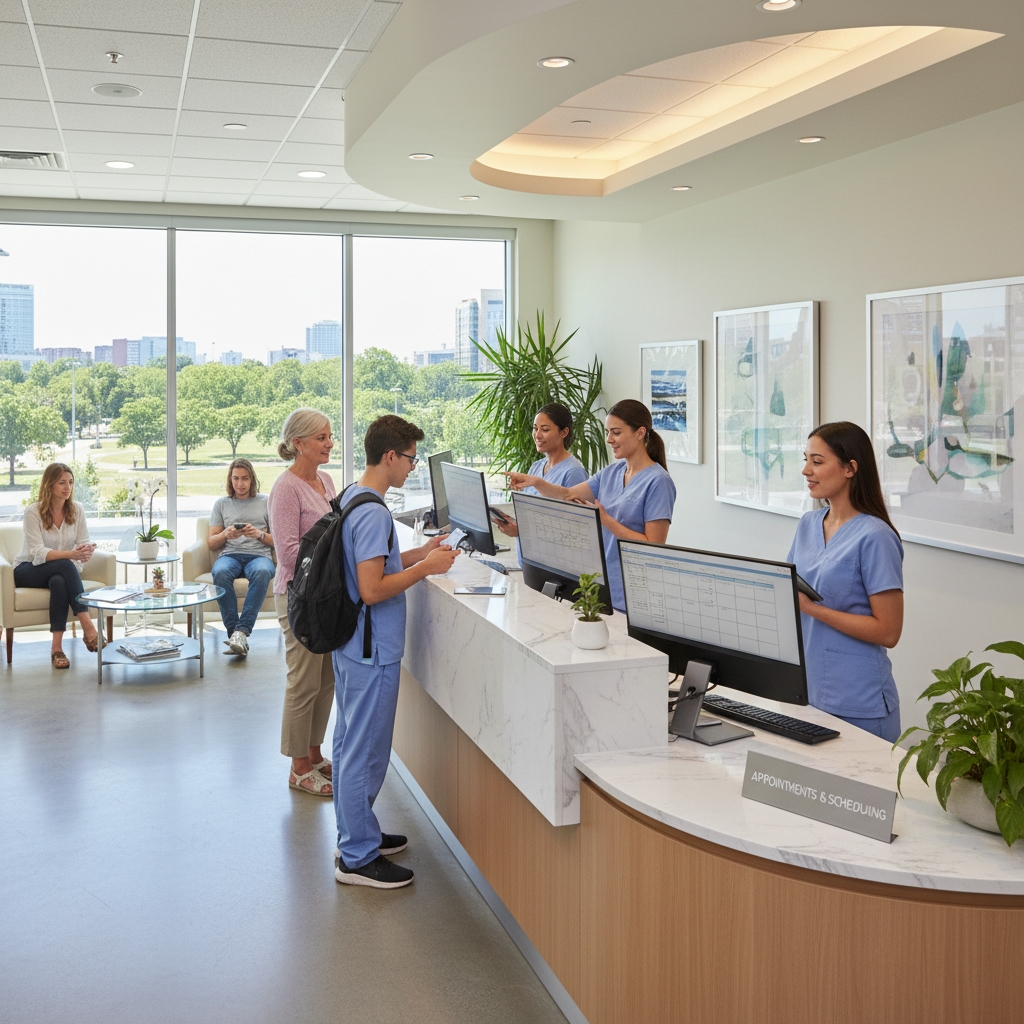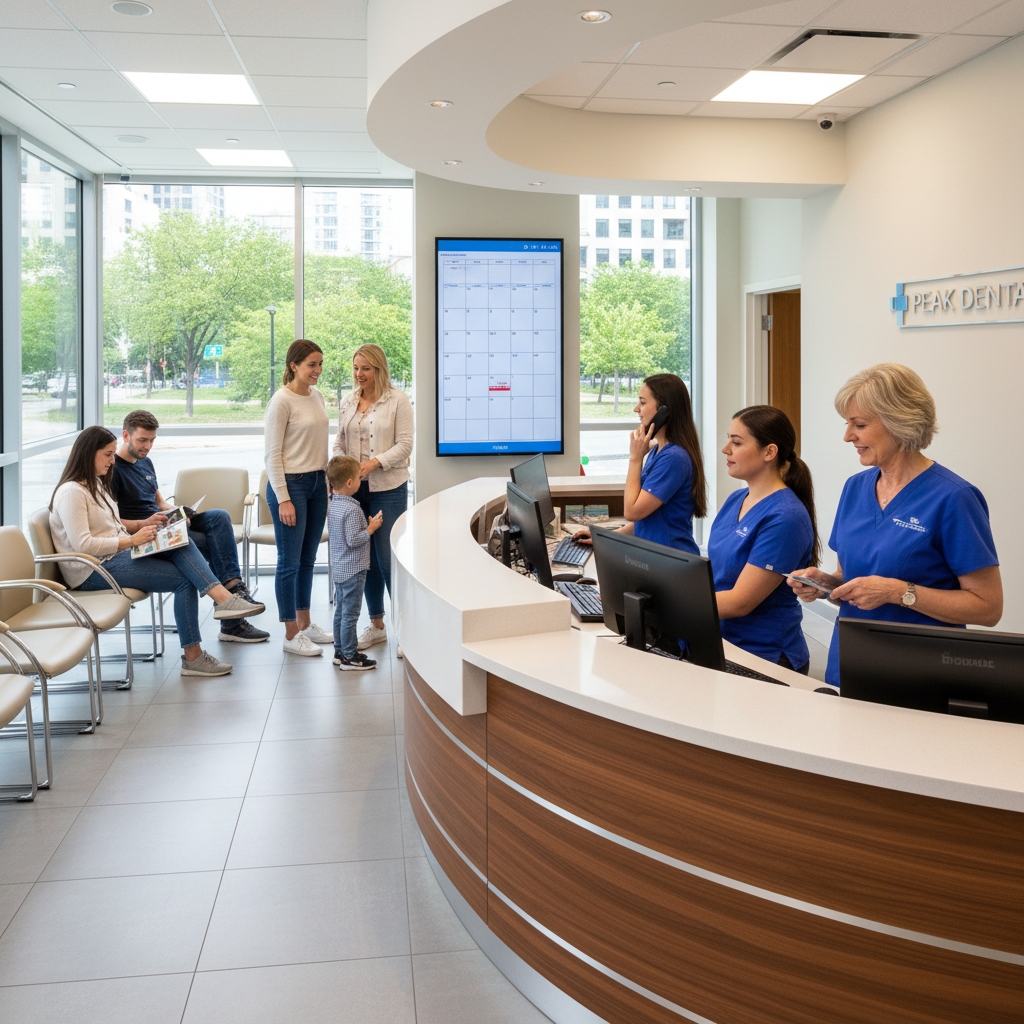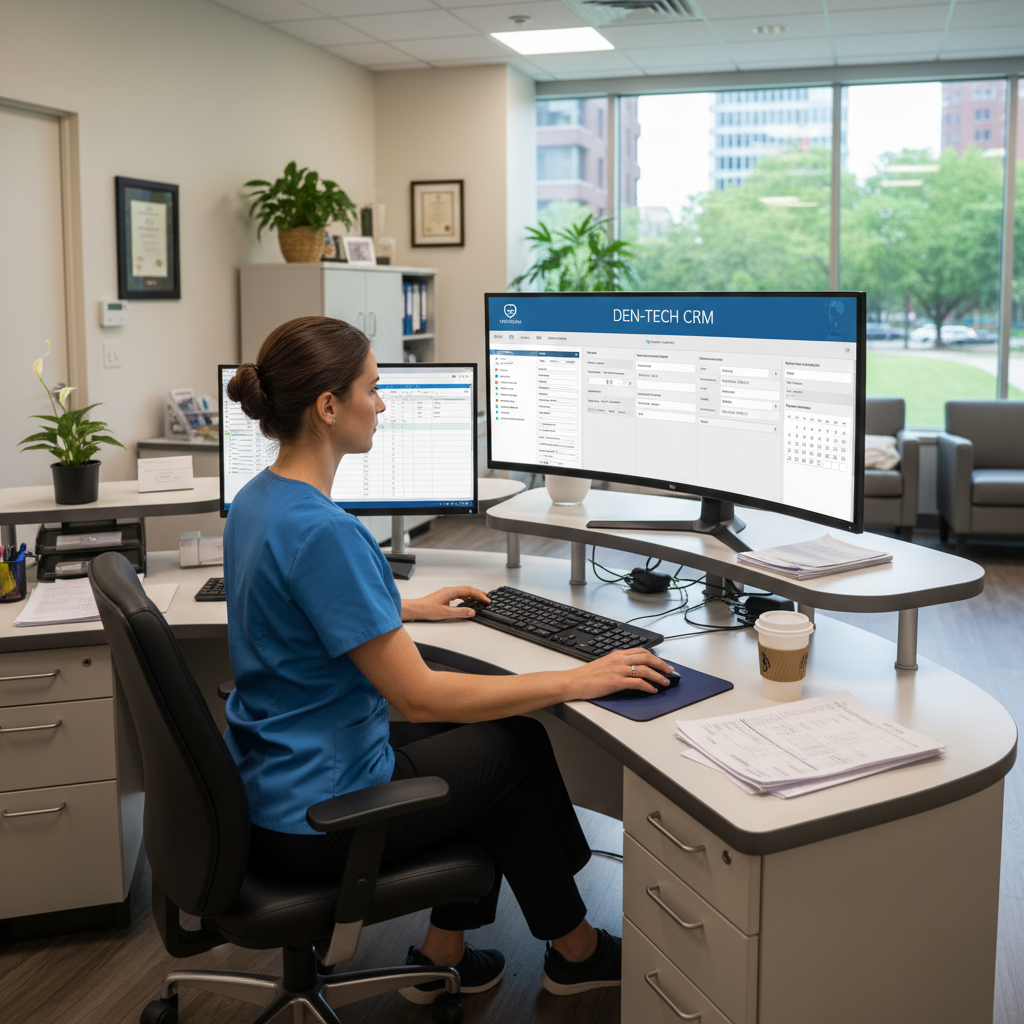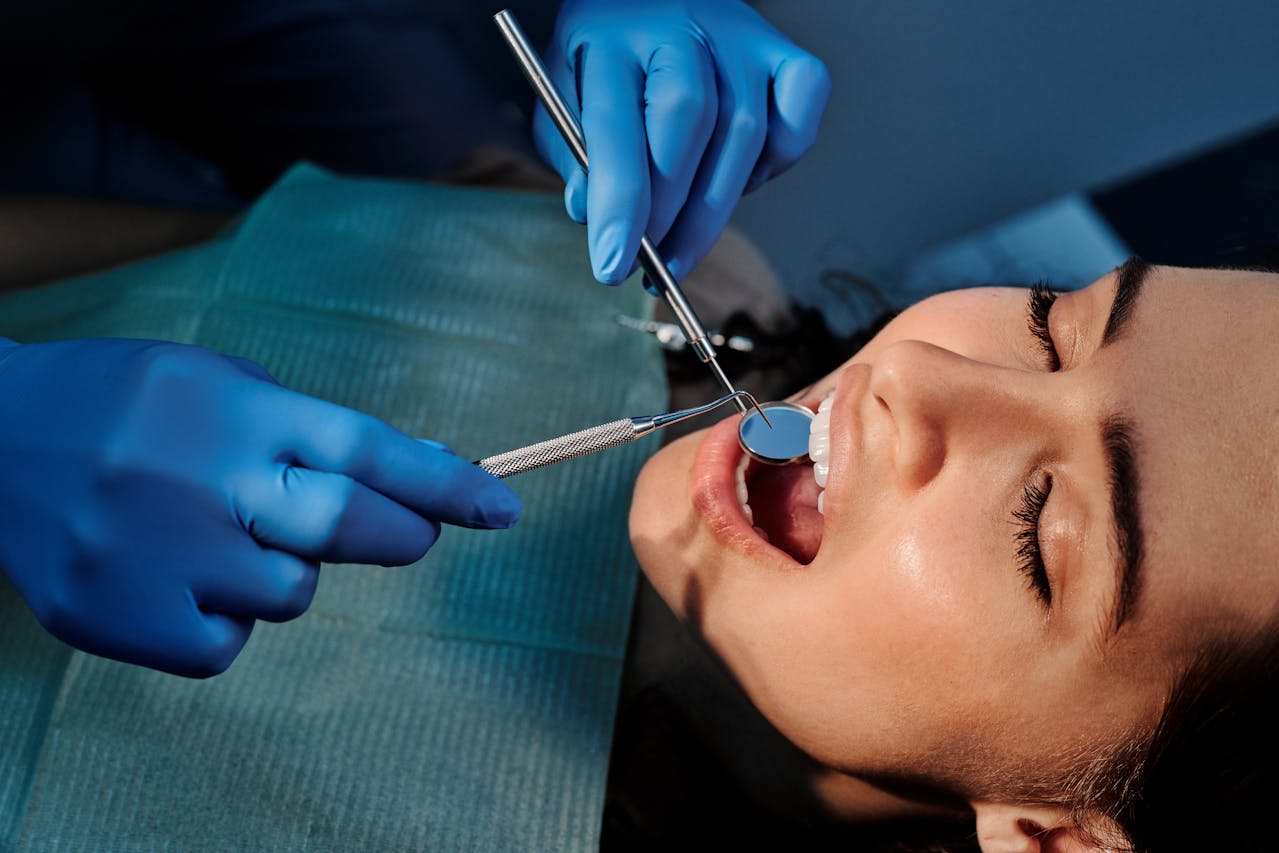












Blog Article


How to Save 5-7 Hours Weekly on Patient Communications - Guide For Dentists and DSOs
Dental practices spend countless hours each week managing patient calls, scheduling appointments, and handling routine inquiries. These communication tasks drain valuable time that could be spent on patient care and practice growth. Modern dental offices can save 5-7 hours weekly by implementing automated communication systems that handle routine patient interactions, reduce missed calls, and streamline appointment scheduling processes.
Research shows that dental practices miss approximately 300 calls monthly, with one-third of these occurring during business hours. Each missed call represents lost revenue potential, especially since 65% come from new patients seeking appointments. The solution lies in combining smart automation tools with strategic communication workflows that eliminate repetitive tasks while maintaining quality patient relationships.
The most successful dental practices have discovered that automation doesn't replace human interaction but enhances it. By automating routine scheduling, appointment reminders, and basic patient questions, dental teams can focus on complex patient needs and clinical care. Effective patient communication strategies combined with the right technology create significant time savings while improving patient satisfaction and practice efficiency.
Key Takeaways
- Automated communication systems can eliminate 5-7 hours of weekly manual work for dental teams
- Missing one-third of calls during business hours costs practices significant revenue from new patients
- Smart automation tools handle routine tasks while freeing staff to focus on complex patient care
Patient Communications Challenges in Dental Practices
Dental practices lose significant revenue through missed calls, staff burnout from manual communication tasks, and appointment no-shows that disrupt daily operations. These challenges compound each other, creating a cycle where poor communication leads to decreased efficiency and lost profits.
Missed Calls Impact Revenue
Every missed call represents potential lost revenue for dental practices. Studies show that dental offices receive an average of 50-80 calls daily, with 20-30% going unanswered during peak hours.
Financial Impact of Missed Calls:
- New patient inquiries: $300-500 lost per missed call
- Emergency appointments: $150-300 immediate revenue loss
- Follow-up scheduling: $200-400 in delayed treatment revenue
Staff members cannot always answer phones while treating patients. This creates gaps in patient communication that directly affect practice growth. Peak call times typically occur between 8-10 AM and 2-4 PM when staff are busiest with patient care.
Dental practices that improve patient communication see up to 25% better patient retention rates. Missing calls also means missing opportunities to address patient concerns before they seek care elsewhere.
Manual Staff Workload
Administrative staff spend 3-4 hours daily on phone calls, appointment scheduling, and follow-up communications. This manual workload reduces time available for other essential tasks like insurance verification and patient care coordination.
Time-Consuming Communication Tasks:
- Appointment confirmations: 45-60 minutes daily
- Insurance pre-authorizations: 30-45 minutes per case
- Post-treatment follow-ups: 20-30 minutes daily
- Rescheduling appointments: 1-2 hours weekly
Staff burnout increases when team members juggle patient care responsibilities with constant phone interruptions. Front desk personnel often feel overwhelmed managing both in-person patients and incoming calls simultaneously.
Common dental communication challenges include language barriers, complex medical terminology, and cultural differences that require extra time per interaction. These factors multiply the administrative burden on already busy staff members.
No-Shows Affect Productivity
Patient no-shows cost dental practices $200-400 per missed appointment in lost revenue and disrupted schedules. No-show rates average 15-20% across dental practices, with higher rates in certain demographics and appointment types.
No-Show Impact on Operations:
- Revenue Loss: $150,000-250,000 annually for average practices
- Schedule Disruption: 2-3 hours of unused chair time daily
- Staff Efficiency: Reduced productivity during unexpected gaps
Poor communication skills contribute to higher no-show rates. Patients who don't receive proper appointment confirmations are 40% more likely to miss scheduled visits. Last-minute cancellations also increase when patients cannot easily reach the office to reschedule.
Effective reminder systems reduce no-shows by 60-70%. However, manual reminder calls require significant staff time and often reach voicemail rather than connecting with patients directly.
Time Spent by Dental Teams on Patient Communication
Dental practices spend 15-20 hours weekly on patient communication tasks, with front desk staff handling 50-80 calls daily while managing scheduling conflicts and appointment confirmations. Inefficient patient communication costs time, money, and employees when dental teams allocate excessive resources to manual processes.
Daily Patient Call Volume Statistics
Most dental practices receive 50-80 incoming calls per day, with peak volumes occurring Monday mornings and Friday afternoons. Front desk staff spend 3-4 hours daily answering phones for appointment requests, insurance questions, and treatment follow-ups.
Single-location practices typically handle 250-400 calls weekly. DSOs managing multiple locations face exponentially higher volumes, often exceeding 1,000+ weekly calls across their network.
Call breakdown by purpose:
- 40% appointment scheduling and changes
- 25% insurance and billing inquiries
- 20% treatment questions and follow-ups
- 15% emergency and urgent care requests
Each call averages 3-5 minutes, including hold time and documentation. This translates to 4-6.5 hours of dedicated phone time daily for busy practices.
Dental Staff Hours on Scheduling
Scheduling appointments consumes 2-3 hours daily for front desk personnel in typical dental practices. Staff members coordinate multiple providers, treatment rooms, and complex procedures while managing cancellations and rescheduling requests.
Manual scheduling processes require constant back-and-forth communication. Staff check provider availability, confirm patient preferences, and coordinate hygienist schedules throughout the day.
Time allocation for scheduling tasks:
- Initial appointment booking: 5-8 minutes per patient
- Rescheduling existing appointments: 3-5 minutes
- Confirmation calls: 2-3 minutes each
- No-show follow-up: 5-10 minutes per incident
Large dental practices and DSOs multiply these time investments across multiple locations. Effective communication channels and technology implementation help reduce scheduling overhead significantly.
Inefficiencies in Manual Processes
Manual communication processes create bottlenecks that waste 5-7 hours weekly per dental practice. Staff repeatedly handle routine inquiries that automated systems could manage instantly.
Paper-based systems require duplicate data entry and physical file management. Receptionists write appointment details multiple times while transferring information between scheduling books, patient charts, and reminder systems.
Common manual inefficiencies include:
- Writing appointment confirmations by hand
- Calling patients individually for routine reminders
- Manually updating multiple calendars and systems
- Processing insurance verification through phone calls
- Taking handwritten messages for providers
Phone tag cycles waste additional time when patients miss calls and require callbacks. Staff spend 15-20 minutes resolving issues that digital systems handle in under 2 minutes.
Human error rates increase with manual processes, leading to double-booked appointments and scheduling conflicts that require immediate resolution.
Shift From Manual Work to Automated Solutions
Dental practices can eliminate manual work and free up 20+ hours per week through strategic automation implementation. Automating repetitive tasks reduces errors and boosts productivity while allowing staff to focus on direct patient care.
Automation Reduces Repetitive Tasks
Patient communication involves numerous repetitive tasks that consume significant staff time daily. Appointment confirmations, reminder calls, follow-up messages, and rescheduling requests create a continuous cycle of manual work.
Common Manual Communication Tasks:
- Pre-appointment confirmation calls
- Post-treatment follow-up messages
- Insurance verification reminders
- Payment collection notices
- Cancellation and rescheduling coordination
Automated systems handle these tasks without human intervention. They send personalized text messages and emails based on preset triggers and patient data.
Practice management software integrates with communication platforms to streamline these workflows. The system automatically pulls patient information and sends targeted messages at optimal times.
Staff members no longer spend hours making routine calls or sending standard messages. This shift allows practices to maintain consistent patient contact without dedicating multiple team members to communication tasks.
Error Reduction With Automated Systems
Manual patient communication creates multiple opportunities for human error. Staff members may forget to make calls, send messages to wrong numbers, or provide incorrect appointment details.
Common Manual Communication Errors:
- Wrong appointment times or dates
- Missed follow-up communications
- Incorrect patient contact information
- Inconsistent messaging across staff members
Automated systems eliminate these errors by using accurate data directly from patient records. They send consistent messages with correct information every time.
The technology validates phone numbers and email addresses before sending communications. This reduces bounced messages and ensures patients receive important updates.
Practice management software maintains updated patient information automatically. When staff members update records, the communication system immediately uses the new data for future messages.
Standardized templates ensure all patients receive the same high-quality communication experience regardless of which staff member would have handled the task manually.
Staff Focuses on In-Office Patients
When automation handles routine communications, dental staff can dedicate full attention to patients physically present in the office. This shift improves patient experience and practice efficiency significantly.
Staff Time Reallocation Benefits:
- More chairside assistance during procedures
- Enhanced patient education and consultation time
- Improved front desk availability for walk-ins
- Better treatment planning discussions
Reception staff no longer juggle phone calls while helping patients at the front desk. They can provide undivided attention to check-in processes and answer complex questions.
Dental assistants spend less time on administrative follow-up tasks. They can focus on clinical support and patient comfort during treatments.
The practice creates a more professional environment where staff members appear fully present and engaged with each patient's needs. This attention to detail often translates into higher patient satisfaction scores and increased treatment acceptance rates.
Reducing Missed Calls for Dentists and DSOs
Dental practices typically lose 30-35% of incoming calls, which costs over $100,000 annually per location. Peak calling periods create staffing bottlenecks while automated solutions can recover up to 60% of previously lost opportunities.
Peak Hour Call Overflow Challenges
Monday mornings between 8:00-10:00 AM create the highest volume of missed calls in dental practices. Patients schedule appointments at the start of each week, overwhelming front desk staff who also handle check-ins and insurance verification.
Lunch hours from 12:00-1:00 PM present additional challenges. Front desk employees cannot answer phones while assisting walk-in patients or processing payments simultaneously.
High-risk periods include:
- Monday morning appointment rushes
- Daily lunch hour peaks
- After-work calls from 4:00-6:00 PM
- Weekend emergency inquiries
Small practices with 2-3 staff members face the greatest difficulties. They cannot maintain phone coverage during breaks, emergencies, or when employees assist patients in treatment rooms.
DSOs with multiple locations experience inconsistent call handling across sites. Each practice may have different staffing levels and call volume patterns that require customized coverage solutions during peak times.
Revenue Lost to Unanswered Calls
Dental practices miss 32% of incoming calls from new patients, creating compound revenue losses. Of answered calls, only 42% convert to scheduled appointments.
This means practices lose 71 potential patients for every 100 calls received. Each missed call represents $200-$400 in lost examination fees plus $500-$2,000 in potential treatment value.
Monthly revenue impact:
- 100 incoming calls per month
- 60 total missed opportunities
- $72,000-$108,000 in lost revenue potential
Emergency calls carry higher immediate value at $500-$1,200 per appointment. Patients experiencing dental pain will contact competitors within the same day if their initial call goes unanswered.
Marketing investments become wasted when calls go to voicemail. Practices spend $200-$300 per new patient through digital advertising, making each unanswered phone ring a direct loss of acquisition costs.
Solutions to Capture Every Patient Lead
AI-powered systems can recover up to 60% of missed calls by automatically responding within seconds through text messages and online scheduling links. These platforms integrate directly with dental practice management software like Dentrix and Eaglesoft.
Automated responses send immediate text messages to missed callers with appointment booking links. Emergency calls receive priority routing to on-call staff while routine appointments get directed to online scheduling workflows.
Key automation features:
- Real-time availability syncing with practice calendars
- Insurance verification integration with clearinghouses
- Treatment-specific appointment routing
- HIPAA-compliant communication channels
Modern phone systems offer call overflow protection during peak hours. Calls automatically route to available staff members or trigger instant automated responses when all lines are busy.
Two-way SMS communication allows patients to book, reschedule, or cancel appointments without phone calls. This reduces administrative workload while providing 24/7 scheduling access that patients expect from modern healthcare providers.
Boosting Appointment Retention and Reducing No-Shows
Automated reminder systems and smart scheduling tools can cut no-show rates from 20% to as low as 5% while freeing up staff time for patient care. Strategic follow-up processes and booking optimization directly impact practice revenue and operational efficiency.
Real-Time Follow-Up Strategies
Multi-channel reminder systems deliver better results than single-method approaches for dental practices. Text messages achieve 98% open rates compared to 20% for emails, making SMS the primary communication channel for urgent reminders.
Optimal reminder timing includes:
- 7 days before appointment
- 24 hours prior to visit
- 2 hours before scheduled time
Practices using automated reminder tools designed to reduce no-shows report 81% appointment confirmation rates. Personalized messages including patient names, provider names, and specific appointment details increase engagement by 40%.
Real-time waitlist notifications fill cancelled slots within minutes. When patients cancel, automated systems immediately contact waitlisted patients via text or call. This approach maintains full schedules and maximizes provider productivity.
Pre-appointment confirmation requests allow patients to reschedule easily without phone calls. Staff can focus on clinical tasks instead of constant phone follow-ups for appointment verification.
Appointment Booking Optimization
Online scheduling reduces no-show rates by giving patients control over their appointments. Self-service booking platforms allow patients to select convenient times, reducing scheduling conflicts that lead to missed visits.
Calendar integration features let patients add dental visits directly to their personal calendars. Automated calendar reminders supplement practice communications and keep appointments top-of-mind for busy patients.
Key booking optimization features:
- 24/7 online scheduling access
- Real-time availability updates
- Automatic confirmation emails
- Mobile-friendly interfaces
Patient portal integration streamlines the entire appointment process. Patients can view upcoming visits, complete forms, and receive treatment reminders through single-sign-on access.
Buffer time scheduling builds flexibility into daily schedules. Adding 10-15 minute gaps between appointments accommodates late arrivals and reduces cascade delays when patients arrive behind schedule.
Smart scheduling algorithms consider patient history and appointment types. The system can flag high-risk patients for additional follow-up or suggest optimal appointment times based on past attendance patterns.
Reducing Cancellations With Tech Tools
Automated systems track cancellation patterns and identify at-risk appointments before they occur. Predictive analytics flag patients with history of missed visits for enhanced follow-up protocols.
Two-way texting platforms enable instant communication between patients and front desk staff. Patients can confirm, reschedule, or ask questions without lengthy phone calls that tie up administrative resources.
Digital patient recall systems automate routine dental visits and preventive care scheduling. Proven strategies to improve patient attendance include automated 6-month cleaning reminders and annual exam notifications sent via preferred communication channels.
Cancellation reduction metrics:
Tool Type Average Reduction Time Savings
Automated Reminders 30-50% 2-3 hours/day
Online Scheduling 25-40% 1-2 hours/day
Patient Portals 20-35% 1 hour/day
Mobile app notifications reach patients instantly on their primary devices. Push notifications have higher engagement rates than emails and provide immediate appointment management capabilities.
Flexible rescheduling options reduce last-minute cancellations. When patients can easily move appointments online or via text, they're more likely to reschedule rather than simply not show up for their visit.
Leveraging Analytics for Patient Communication Impact
Analytics transform raw communication data into actionable insights that directly reduce administrative workload and improve patient response rates. Data-driven patient communication strategies help dental practices identify peak call times, measure revenue from follow-up efforts, and track staff productivity patterns.
Missed-Call Heatmaps for Clinic Insights
Missed-call analytics reveal critical patterns that cost dental practices thousands in lost appointments monthly. These heatmaps show exactly when patients call but cannot reach the office.
Peak missed-call times typically occur:
- Monday mornings (8-10 AM)
- Lunch hours (12-2 PM)
- After-hours periods (5-7 PM)
Practices can adjust staffing schedules based on these patterns. A clinic missing 15 calls weekly during lunch hours loses approximately $3,000 monthly in potential revenue.
Modern phone systems integrate with practice management software to automatically log missed calls alongside patient records. This data helps identify which appointment types generate the most callback requests.
Staff can prioritize returning calls from existing patients versus new patient inquiries. The analytics also reveal if certain procedures prompt more follow-up questions, allowing practices to proactively address concerns.
Revenue Attribution Through Data
Communication analytics directly connect follow-up efforts to actual revenue generation. Practices track which outreach methods produce the highest conversion rates for different patient segments.
Email vs. text message performance varies by demographics:
- Patients under 40: 68% text response rate
- Patients over 55: 45% email response rate
- Appointment confirmations: 23% higher show-rate via text
EHR systems can tag revenue sources to specific communication touchpoints. When a patient books a crown procedure after receiving a treatment plan follow-up text, the system attributes that $1,200 revenue to the text campaign.
Practices discover that personal phone calls convert 40% higher than automated messages for high-value treatments above $500. Healthcare organizations using analytics report improved patient engagement and operational efficiency.
This data helps allocate staff time to the most profitable communication activities.
Tracking Staff Follow-Up Efficiency
Analytics measure individual staff performance on patient communication tasks, revealing productivity gaps and training opportunities. The data shows average response times, conversion rates, and task completion percentages per team member.
Key performance indicators include:
- Average callback response time
- Percentage of follow-ups completed within 24 hours
- Patient satisfaction scores per staff member
- Revenue generated from each employee's outreach efforts
Practice management systems track how long staff spend on different communication tasks. Some employees excel at insurance verification calls while others perform better with treatment plan follow-ups.
Patient records show which staff members achieve higher appointment confirmation rates. Managers can reassign responsibilities based on individual strengths and provide targeted training where needed.
The analytics also identify communication bottlenecks. If appointment scheduling calls average 8 minutes but one staff member takes 12 minutes, additional training or system improvements may be necessary.
How to Save 5-7 Hours Weekly With Resonate
Resonate's AI-powered communication platform automates routine patient interactions and integrates seamlessly with existing practice management systems. The platform handles appointment scheduling, patient inquiries, and multi-location coordination without manual intervention.
AI Receptionist Streamlines Communication
Resonate's AI receptionist handles patient calls 24/7, eliminating the need for staff to manage routine inquiries during peak hours. The system processes appointment requests, answers common questions about services, and collects patient information automatically.
Key time-saving features include:
- Automated call screening and routing
- Patient data collection during conversations
- Instant responses to frequently asked questions
- Follow-up reminders without staff involvement
The AI understands dental terminology and can discuss treatment options, insurance verification, and post-procedure care instructions. This reduces interruptions for clinical staff by up to 70%.
Most practices see immediate results. Staff can focus on chairside care instead of answering repetitive phone calls about office hours or appointment availability.
The system learns from each interaction. It becomes more accurate at handling complex patient requests over time, further reducing the need for human intervention.
Direct Appointment Booking Into PMS
Patients can schedule appointments directly through Resonate without staff assistance. The system integrates with major practice management software including Dentrix, Eaglesoft, and Open Dental.
Automated booking capabilities:
- Real-time schedule availability checking
- Automatic confirmation and reminder sending
- Insurance verification during booking process
- Waitlist management for cancellations
The integration eliminates double data entry. Patient information flows directly into the PMS without manual input from front desk staff.
Practices report saving 2-3 hours daily on scheduling tasks alone. The system handles routine appointments while staff manages complex cases requiring personal attention.
Patients appreciate the convenience of organizing their schedule outside business hours. This reduces phone volume during busy periods.
Multi-Location Support for Dental Service Organizations
DSOs benefit from centralized communication management across all locations. Resonate provides unified reporting and standardized patient interactions regardless of practice size.
Enterprise features include:
- Centralized patient database access
- Consistent messaging across locations
- Bulk appointment scheduling capabilities
- Performance analytics for each office
The platform scales efficiently. Adding new locations requires minimal setup time compared to training additional reception staff.
Regional managers can monitor communication metrics and identify time-saving opportunities across their network. Standard protocols ensure quality remains consistent.
DSOs typically reduce administrative overhead by 40% per location. The system handles routine tasks while maintaining the personal touch patients expect from their dental provider.
Frequently Asked Questions
Dental practices commonly face challenges with appointment reminders, patient intake processes, and maintaining engagement across digital platforms. These automation solutions and digital strategies can significantly reduce administrative workload while improving patient satisfaction.
What are the most effective automation tools for patient communication in dental practices?
Automated appointment scheduling systems reduce phone calls by up to 60% in dental offices. These platforms allow patients to book, reschedule, and cancel appointments online without staff intervention.
Email automation sequences work well for treatment plan follow-ups and preventive care reminders. Dental practices can set up automated emails that trigger 3, 6, and 12 months after cleanings to encourage regular visits.
SMS automation proves most effective for appointment confirmations and post-treatment care instructions. Text messages have a 98% open rate compared to 20% for emails.
Practice management software with built-in communication features streamlines multiple touchpoints. These systems can automatically send treatment reminders, birthday greetings, and recall notices based on patient records.
Can implementing automated appointment reminders significantly reduce no-show rates?
Automated reminders reduce no-show rates by 30-50% in dental practices. The key is timing your patient communications strategically across multiple touchpoints.
Send initial reminders 7 days before appointments via email. Follow up with text messages 24-48 hours prior to the scheduled visit.
Include appointment details, office location, and cancellation policies in each reminder. This reduces confusion and last-minute cancellations.
Two-way messaging allows patients to confirm or reschedule directly from the reminder. This eliminates phone tag and reduces front desk workload.
Practices using multi-channel reminder systems see the highest success rates. Combining email, text, and phone reminders captures patients who prefer different communication methods.
What strategies can be employed to streamline patient follow-ups without sacrificing personal touch?
Template-based messaging maintains consistency while allowing personalization. Create standard follow-up templates for different procedures and customize with patient names and specific treatment details.
Automated scheduling of follow-up calls based on treatment type saves scheduling time. Set reminders for staff to call patients 24 hours after extractions or 48 hours after root canals.
Video messages from the dentist add personal touch to automated sequences. Record brief videos explaining post-treatment care that can be sent automatically after specific procedures.
Segmented communication lists allow targeted messaging without manual sorting. Group patients by treatment history, insurance type, or appointment frequency for relevant follow-ups.
Patient portal messaging enables asynchronous communication that doesn't interrupt clinic workflow. Patients can ask questions and receive responses when convenient for staff.
How does digitizing patient intake forms improve office efficiency?
Digital intake forms eliminate manual data entry and reduce errors by up to 75%. Patients complete forms before arriving, allowing staff to focus on treatment preparation instead of paperwork.
Online forms integrate directly with practice management systems. This eliminates the need to manually transfer information from paper to digital records.
Automated form validation ensures required fields are completed before submission. This prevents incomplete forms and reduces back-and-forth with patients.
Digital signatures on consent forms speed up the check-in process. Patients can review and sign treatment consent forms electronically before appointments.
Mobile-optimized forms allow completion from any device. This flexibility increases form completion rates and reduces appointment delays.
In what ways can a dental practice utilize social media to enhance patient engagement?
Educational content positions the practice as a trusted authority while reducing repetitive patient questions. Post videos explaining common procedures, oral hygiene tips, and treatment options.
Before-and-after case studies showcase treatment results and attract new patients. Share cosmetic dentistry transformations and orthodontic progress with patient permission.
Live Q&A sessions on Facebook or Instagram allow real-time patient interaction. Schedule monthly sessions to answer common dental questions and demonstrate expertise.
Patient testimonial posts build trust and encourage referrals. Share written reviews, video testimonials, and treatment success stories across platforms.
Behind-the-scenes content humanizes the practice and builds rapport. Show team members, office tours, and technology updates to create personal connections.
What are some best practices for managing and responding to online patient reviews?
Respond to all reviews within 24-48 hours to show active engagement. Thank patients for positive feedback and address concerns in negative reviews professionally.
Create templates for common review responses while personalizing each message. This speeds up response time while maintaining authenticity.
Monitor multiple review platforms including Google, Yelp, and Facebook regularly. Set up alerts to receive notifications when new reviews are posted.
Encourage satisfied patients to leave reviews through follow-up emails and text messages. Send review requests 24-48 hours after successful appointments when experiences are fresh.
Address negative feedback offline when possible by providing contact information. This shows commitment to resolution while keeping detailed discussions private.
Use review management software to centralize monitoring and responses. These platforms track reviews across multiple sites and provide response analytics to improve patient communication strategies.
Similar Articles
Ready to Get Started
Have Questions?
We're Here to Help
Connect with our team for personalized guidance
No setup fees, cancel anytime.
.avif)

.svg)
.svg)


